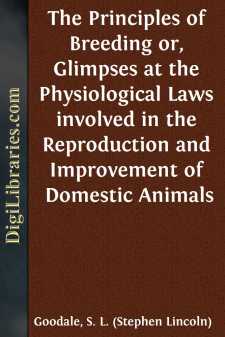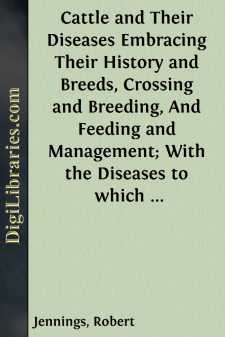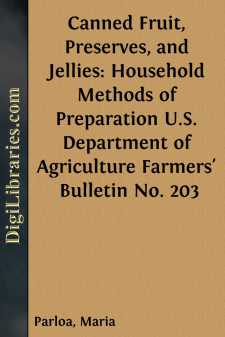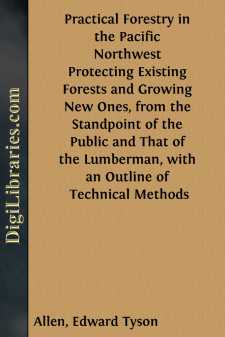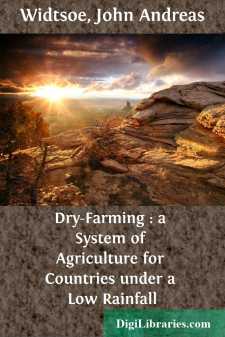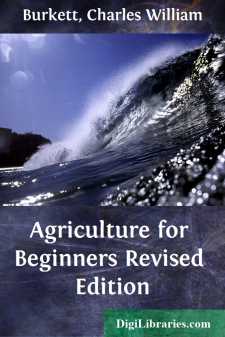Categories
- Antiques & Collectibles 13
- Architecture 36
- Art 48
- Bibles 22
- Biography & Autobiography 813
- Body, Mind & Spirit 142
- Business & Economics 28
- Children's Books 17
- Children's Fiction 14
- Computers 4
- Cooking 94
- Crafts & Hobbies 4
- Drama 346
- Education 46
- Family & Relationships 57
- Fiction 11829
- Games 19
- Gardening 17
- Health & Fitness 34
- History 1377
- House & Home 1
- Humor 147
- Juvenile Fiction 1873
- Juvenile Nonfiction 202
- Language Arts & Disciplines 88
- Law 16
- Literary Collections 686
- Literary Criticism 179
- Mathematics 13
- Medical 41
- Music 40
- Nature 179
- Non-Classifiable 1768
- Performing Arts 7
- Periodicals 1453
- Philosophy 64
- Photography 2
- Poetry 896
- Political Science 203
- Psychology 42
- Reference 154
- Religion 513
- Science 126
- Self-Help 84
- Social Science 81
- Sports & Recreation 34
- Study Aids 3
- Technology & Engineering 59
- Transportation 23
- Travel 463
- True Crime 29
The Principles of Breeding or, Glimpses at the Physiological Laws involved in the Reproduction and Improvement of Domestic Animals
Categories:
Description:
Excerpt
CHAPTER I.
Introductory.
The object of the husbandman, like that of men engaged in other avocations, is profit; and like other men the farmer may expect success proportionate to the skill, care, judgment and perseverance with which his operations are conducted.
The better policy of farmers generally, is to make stock husbandry in some one or more of its departments a leading aim—that is to say, while they shape their operations according to the circumstances in which they are situated, these should steadily embrace the conversion of a large proportion of the crops grown into animal products,—and this because, by so doing, they may not only secure a present livelihood, but best maintain and increase the fertility of their lands.
The object of the stock grower is to obtain the most valuable returns from his vegetable products. He needs, as Bakewell happily expressed it, "the best machine for converting herbage and other animal food into money."
He will therefore do well to seek such animals as are most perfect of their kind—such as will pay best for the expense of procuring the machinery, for the care and attention bestowed, and for the consumption of raw material. The returns come in various forms. They may or may not be connected with the ultimate value of the animal. In the beef ox and the mutton sheep, they are so connected to a large extent; in the dairy cow and the fine wooled sheep, this is quite a secondary consideration;—in the horse, valued as he is for beauty, speed and draught, it is not thought of at all.
Not only is there a wide range of field for operations, from which the stock grower may select his own path of procedure, but there is a demand that his attention be directed with a definite aim, and towards an end clearly apprehended. The first question to be answered, is, what do we want? and the next, how shall we get it?
What we want, depends wholly upon our situation and surroundings, and each must answer it for himself. In England the problem to be solved by the breeder of neat cattle and sheep is how "to produce an animal or a living machine which with a certain quantity and quality of food, and under certain given circumstances, shall yield in the shortest time the largest quantity and best quality of beef, mutton or milk, with the largest profit to the producer and at least cost to the consumer." But this is not precisely the problem for American farmers to solve, because our circumstances are different. Few, if any, here grow oxen for beef alone, but for labor and beef, so that earliest possible maturity may be omitted and a year or more of labor profitably intervene before conversion to beef. Many cultivators of sheep, too, are so situated as to prefer fine wool, which is incompatible with the largest quantity and best quality of meat. Others differently situated in regard to a meat market would do well to follow the English practice and aim at the most profitable production of mutton. A great many farmers, not only of those in the vicinity of large towns, but of those at some distance, might, beyond doubt, cultivate dairy qualities in cows, to great advantage, and this too, even, if necessary, at the sacrifice, to considerable extent, of beef making qualities....


